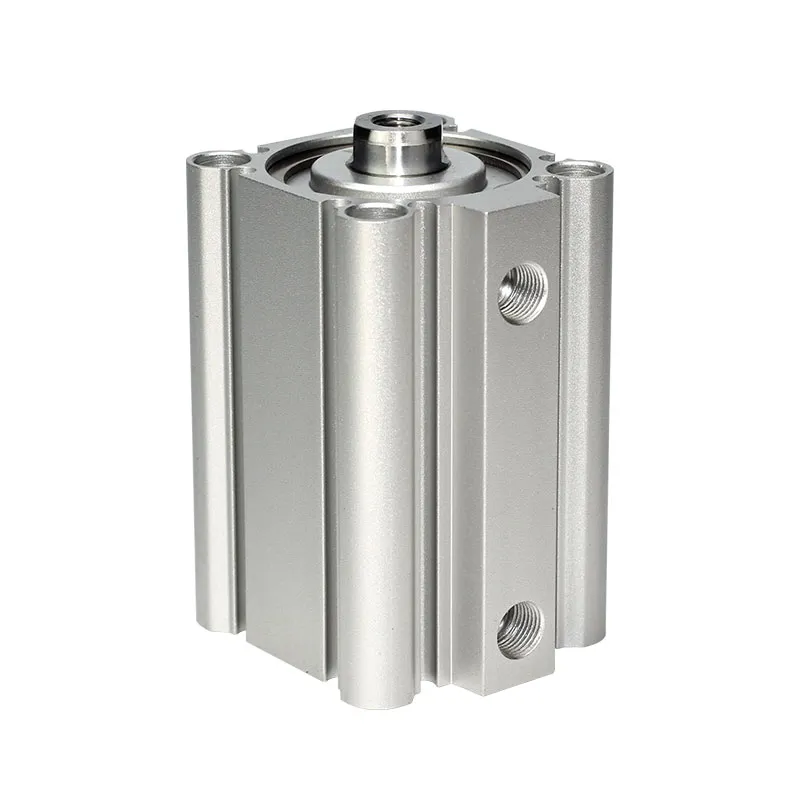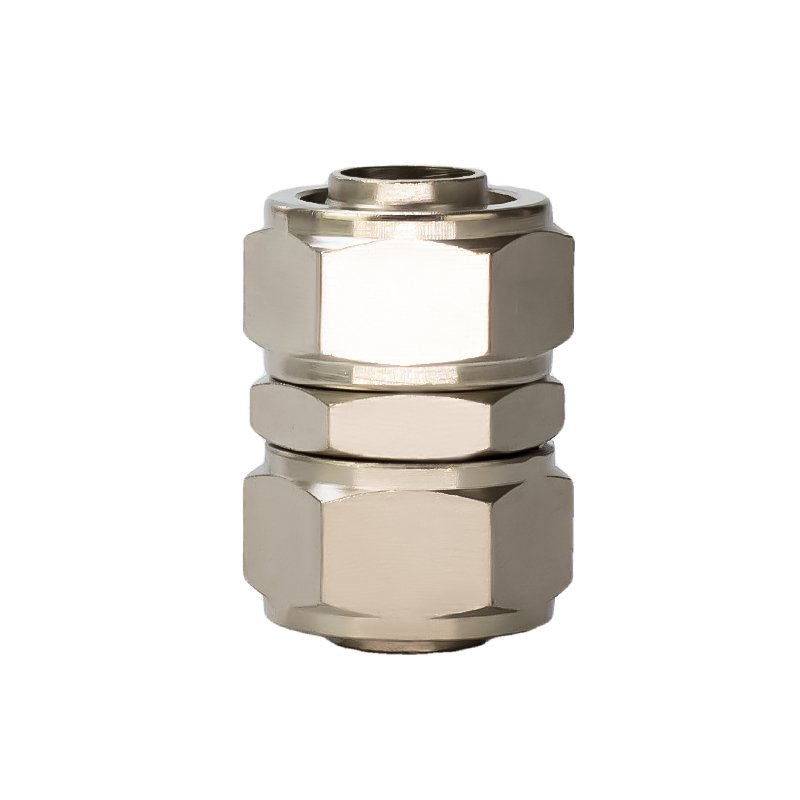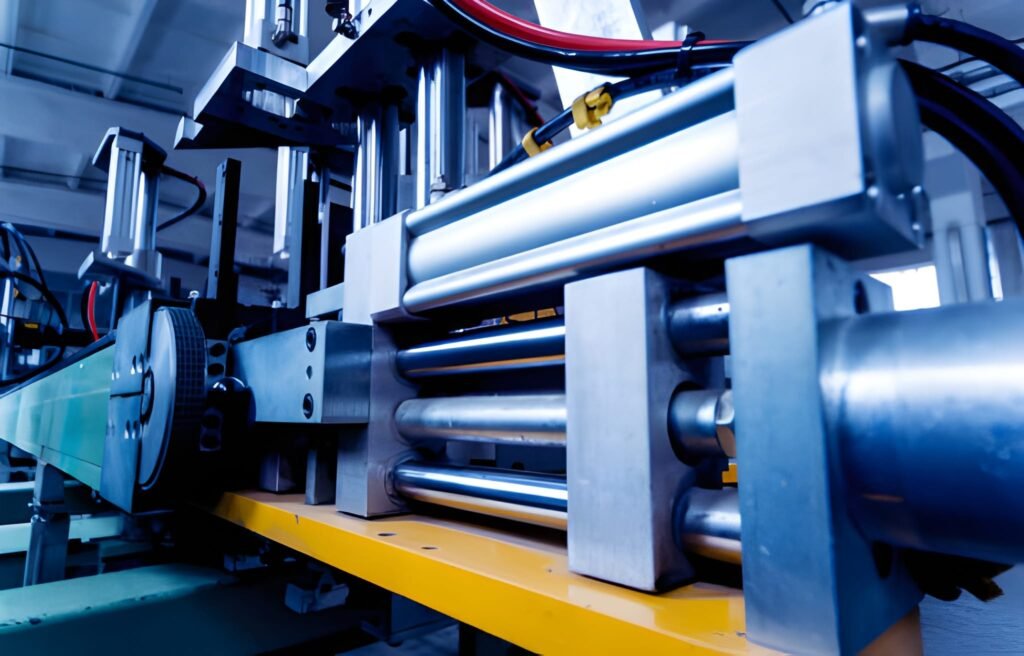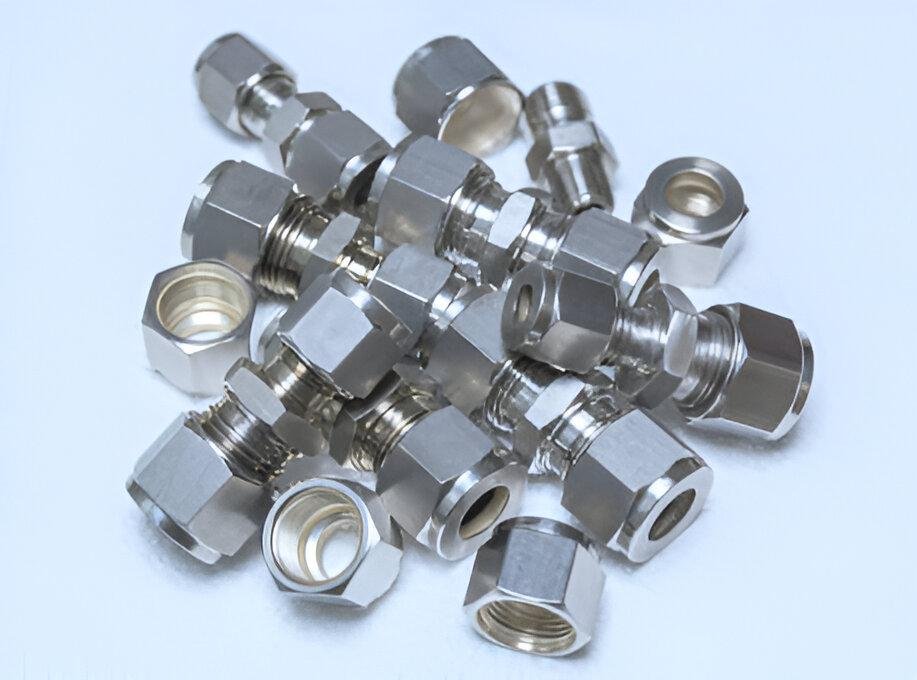The necessity of air pressure reducing valve maintenance
Air pressure reducing valves are a critical piece of equipment used to control air pressure in a variety of industrial and commercial systems to ensure they operate within a safe and efficient range. The necessity of maintaining the air pressure reducing valve is reflected in several aspects:
- Ensure safety: If the pressure reducing valve fails or malfunctions, it may cause abnormal pressure in the system, thereby increasing safety risks, such as pipeline explosions or equipment damage. With regular maintenance, you can ensure your pressure reducing valve is properly controlling pressure, protecting your system and personnel.
- Improve efficiency: A well-maintained pressure reducing valve can stably control pressure and ensure uniform air flow, thereby improving the operating efficiency of the entire system. Conversely, if a pressure reducing valve exhibits instability due to lack of maintenance, it can result in wasted energy and reduced productivity.
- Extend equipment life: Regular cleaning, inspection and replacement of worn parts can prevent small problems from developing into big problems, avoid accidental damage, and significantly extend the service life of pressure reducing valves and related equipment.
- Reduced maintenance costs: While regular maintenance requires an investment of time and resources, it is much less costly than neglecting maintenance until a critical failure occurs. Regular inspections and maintenance can avoid costly emergency repairs and costly equipment downtime.
Therefore, proper maintenance of air pressure reducing valves is key to ensuring safety, efficiency and cost-effectiveness. By developing and executing a comprehensive maintenance plan, you can maximize your equipment’s performance and protect your investment.
Common maintenance steps
Routine maintenance of the air pressure reducing valve is a key step to ensure its long-term stable and efficient operation. Here are some common maintenance steps, including cleaning and inspection and replacing worn parts:
Clean and inspect air pressure reducing valve
- Shut down the system and relieve pressure: Before starting any maintenance, make sure to turn off the air intake source and gradually relieve the pressure in the system to ensure safety.
- Removing the Pressure Reducing Valve: Disassemble the pressure reducing valve according to the manufacturer’s instructions. Take care to mark or record the position and orientation of each component to ensure proper reassembly later on.
- Cleaning Parts: Use a soft brush and a non-corrosive cleaner to clean the internal parts of the pressure reducing valve. Focus on cleaning the valve core, valve seat, filter and other parts, which are prone to accumulation of dust and oil.
- Check components for wear and damage: Check all components, especially wearing parts such as seals, valve cores and springs, for wear, cracks or other forms of damage.
- Check seals and fasteners: Make sure all seals are intact and fasteners (such as screws and nuts) are tight and not loose.
- Reassemble and test: Reassemble the pressure reducing valve in its original order and direction, and then test to make sure the valve is working properly and has no leaks or other functional issues.
Replace worn parts
- Determine replacement needs: During cleaning and inspection, identify worn parts that need to be replaced.
- Purchase the right replacement parts: Make sure you purchase replacement parts that match the original parts. Use of unsuitable parts may result in reduced performance or damage to the pressure reducing valve.
- Install new parts: Remove worn parts and install new ones. Make sure that the new part and other adjacent parts are not damaged during installation.
- Test again: After replacing parts, retest the performance of the pressure reducing valve to make sure it is working as expected and that pressure regulation is accurate.
Troubleshooting
Troubleshooting of air pressure reducing valves is a key maintenance activity that can help detect and solve problems in time and prevent system failures from causing more serious damage. Here are some common signs of trouble and their basic troubleshooting methods:
Recognize signs of common failures
- Output pressure is unstable or deviates from the set value: This may be due to wear or damage to internal components, or because the inlet pressure exceeds the adjustment range of the pressure reducing valve.
- There is abnormal sound or vibration inside the valve: This may be due to some parts being loose or damaged, or it may be caused by foreign matter inside the valve.
- Valve leakage: Leakage may occur in the valve body or connection points, often due to poor sealing or worn seals.
- Difficulty adjusting: If you encounter resistance when adjusting the output pressure of the pressure reducing valve, it may be because the adjustment mechanism is stuck or the internal parts are corroded.

Provide basic troubleshooting methods
Check and adjust input pressure:
- Make sure the input pressure is within the specified range of the pressure reducing valve. If the input pressure is too high or too low, the pressure reducing valve may not function properly.
Clean and inspect internal components:
- Disassemble the pressure reducing valve, clean all movable parts, and inspect for wear or damage.
- Remove any dirt or foreign matter from inside the valve that may affect its proper operation.
Replace worn or damaged parts:
- Check key components such as springs, seals, and valve cores, and replace them if necessary to ensure proper valve function.
- Use manufacturer recommended replacement parts to ensure compatibility and performance.
Check and replace seals:
- If leaks are found, inspect all seals and replace any worn or damaged seals.
- Make sure all connections are tight to prevent leaks.
Reassemble and test:
- After reassembling the pressure reducing valve, perform a test to ensure that all problems have been resolved and that the valve can stably maintain the required output pressure.
- Check to see if there are any leaks or other unresolved issues.
The importance of regular inspections and preventive maintenance
Regular inspections and preventive maintenance are critical to the long-term stability and efficiency of your air pressure reducing valve. These measures not only help ensure equipment reliability and safety, but also significantly reduce maintenance costs and extend equipment life. Here’s a detailed explanation of the importance of regular inspections and preventive maintenance:
Improve equipment reliability
Regular inspections can identify potential problems, such as worn parts, failed seals or accumulated dirt, which, if not addressed promptly, could lead to equipment failure. With regular maintenance, these problems can be corrected before they become expensive or dangerous failures.
Enhance system security
A malfunctioning air pressure reducing valve can cause pressure loss, which can cause a serious safety incident in pressure-critical applications. Regular inspection and maintenance ensure that the valve is working according to design specifications, thereby protecting the safety of operators and the surrounding environment.
Reduce operating and maintenance costs
Preventive maintenance can avoid emergency repairs caused by sudden equipment failure, which are often costly and affect production. With regular maintenance, maintenance activities can be planned and unnecessary production downtime reduced.
Extend equipment life
Cleaning and replacing worn parts can prevent serious damage and premature equipment replacement. A well-maintained air pressure reducing valve will maintain high performance for longer, extending its service life.
Optimize performance efficiency
Regular maintenance helps your air pressure reducing valve maintain peak efficiency by ensuring all components are operating in optimal condition. This means the system can operate with minimal energy consumption while achieving the desired output.
Use correct operating and maintenance techniques
Proper operation and maintenance techniques are critical to maintaining the performance and extending the service life of your air pressure reducing valve. Here are some practical suggestions to help operators effectively manage and maintain these critical equipment:
Correct operation of air pressure reducing valve
- Read and Follow Manufacturer’s Instructions: Before using an air pressure reducing valve, be sure to carefully read the manufacturer’s operating manual. The design and functionality of each pressure reducing valve may vary, and it is critical to understand its specific operating requirements.
- Adjust pressure gradually: When adjusting the pressure of the pressure reducing valve, do it slowly and gradually to avoid sudden and large adjustments. This can prevent system overload and possible equipment damage.
- Monitor working status: Regularly check the output pressure of the pressure reducing valve to ensure that it is stable within the set pressure range. Any anomalies should be investigated immediately to prevent further problems.
Maintain air pressure reducing valve
- Regular cleaning: Keeping the pressure reducing valve clean is the basis for maintaining its performance. Regularly remove dust and dirt from the outside and inside, especially from joints and moving parts.
- Check and replace worn parts: Components such as springs, seals and valve cores should be inspected regularly, and any parts that show wear or damage should be replaced in time to keep the valve in good working condition.
- Lubricate moving parts: Properly lubricating moving parts, such as threads and bearings, according to manufacturer recommendations, can reduce friction and prevent premature component wear.
- Avoid over-adjustment: Over-adjustment of the pressure reducing valve may cause excessive wear on internal components. Follow the manufacturer’s setup guidelines to avoid unnecessary adjustments.
- Regularly check the tightness: Check all sealing points of the pressure reducing valve to make sure there are no leaks. Leaks not only affect system efficiency but can also cause environmental and safety issues.

Summarize
Air pressure reducing valves are vital components in industrial and commercial systems, responsible for accurately reducing high-pressure gas to the required working pressure. To ensure efficient and safe operation of these equipment, strict maintenance and operating measures must be implemented. The necessity of maintaining air pressure reducing valves is reflected in its ability to ensure safe equipment operation, improve system efficiency, extend equipment life and reduce maintenance costs.
Performing regular equipment inspections and preventive maintenance is key to maintaining long-term, stable operation of pressure reducing valves. This includes regular cleaning and inspection, timely replacement of worn parts, and rapid troubleshooting and troubleshooting of any abnormalities that arise. In addition, proper operating techniques, such as following manufacturer’s guidelines, gradually adjusting pressure, and regularly monitoring equipment status, are also critical to maintaining optimal equipment operation.
In short, through the maintenance and operation measures of these systems, not only can the operating efficiency and safety of the pressure reducing valve be improved, but the operation and maintenance costs can also be significantly reduced, ensuring the continuity and safety of the production process, thereby bringing long-term benefits to the enterprise. economic and security interests.







